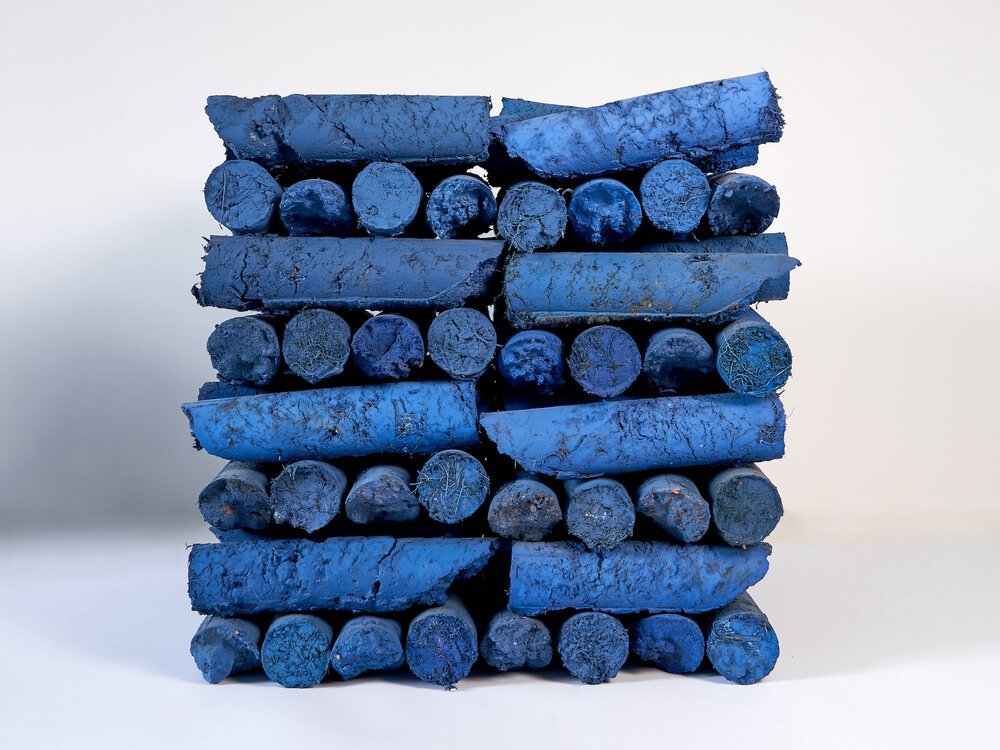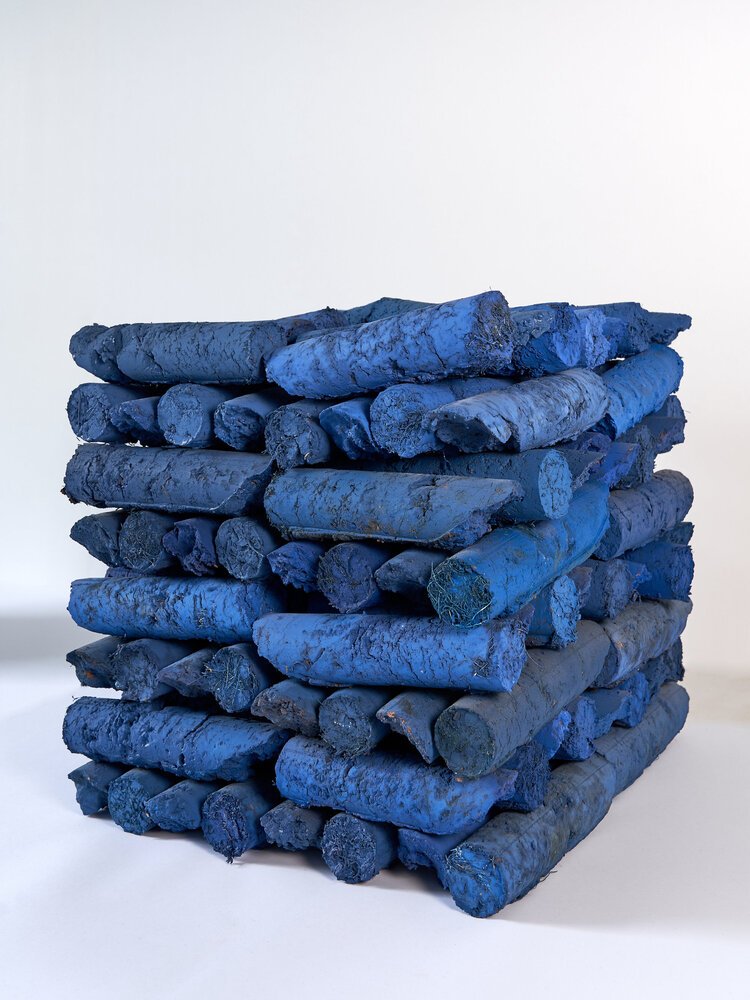Hestercombe
A rose is a rose is a rose - 28th May - 23rd October
John Newling (born 1952) is an artist living and working in Nottingham in the UK. Over the last five decades he has gained an international reputation as a pioneer of ‘public art with a social purpose’ and has exhibited widely, both in the UK and many other countries. As well as being a prolific artist and writer Newling is a committed educator, having taught at international art institutions and universities throughout his career.
A passionate interest in ecology and the natural world, as well as social and economic systems—such as money and religion—underpin much of Newling’s work, which materialises in many different forms, ranging from sculpture, painting, installation and performance, to typefaces, writing and publications.
Some of the key concerns underpinning Newling’s work, particularly over the last twenty years, relate to ecology, the environment and our increasingly fractious relationship with nature. From small, intimate works that the artist has realised in his home and studio, to major exhibitions and public commissions, Newling has established himself as a key figure in the discussions around art and ecology. Rather than responding to the natural world as an outsider, Newling’s 'ecology works' can be seen to position us [human beings] as an intrinsic part of our environment, and act as thoughtful expressions that engage with the notion that all things are interconnected. In their essay ‘Art in co-relationship with Nature’ published in Ecology Works (2020), Anne Douglas and Mark Hope write:
‘John describes his work as “in co-relationship with nature” ... Instead of consuming materials to produce the work of art, John harnesses the energies of nature’s processes (composting, seeding, planting, growing, flowering, dying, staining). His process is generative, frequently leading to multiple elements within the same work. Importantly, he imagines social and cultural domains to be part of the natural/environmental domain.’
Works for Hestercombe
I have long been absorbed by the thought that under our feet is soil of such complexity that we have yet to understand all the effect and affects of the earth; it is a material that carries a language in and through nature.
In May 2020 I bought manual soil corer, a tool widely used to take soil samples at varying depths for analysis and research. I am absorbed by the thought that under our feet is a material of such extraordinary complexity. We have yet to understand the languages of the soil. The cores themselves have a beauty to them, each being slightly different in structure and composition. They are like maps of a slow evolution over time and through space.
I wanted to draw out their language by investigating the material, to find ways to construct forms. It was a relationship between me and the soil from my garden; a collaboration of languages.
The works for Hestercombe can be viewed as a landscape or garden of a relationship; a response to a material that sits below the surface informing what sits above. The work is a sculptural text that reflects and connects the space between the garden and the studio; a space of collaborative translations; each pile, stack and sphere holding meanings of an intuitive process which can become a language.



